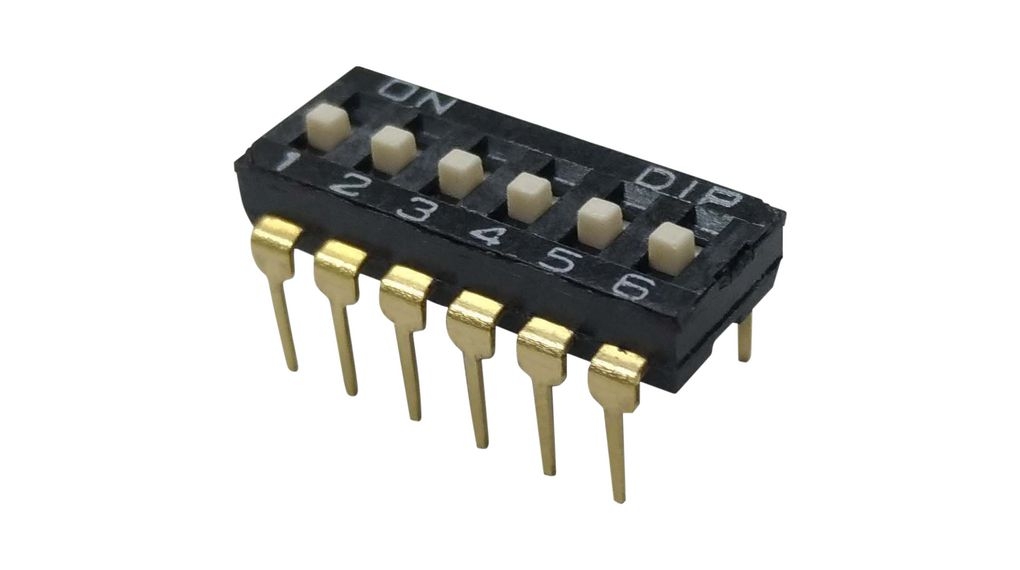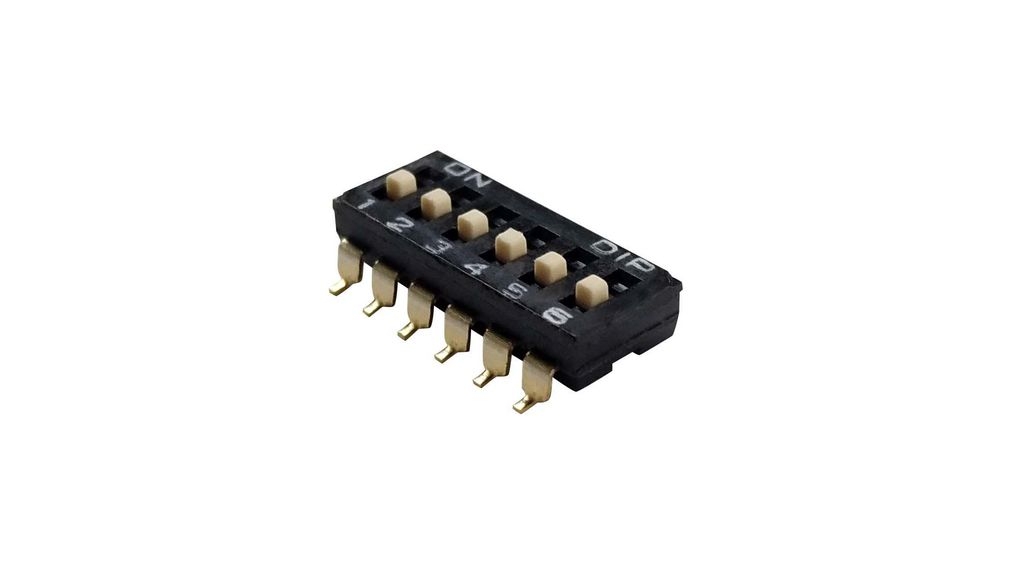6 Position DIP Switch Innovations to Watch For
At Hanxia, we understand that the 6 Position DIP Switch continues to play a pivotal role in modern electronics. Whether used for device configuration, address setting, or feature selection, this compact and reliable component remains essential in both legacy systems and cutting-edge designs. As industries move toward smarter, faster, and more flexible solutions, the demand for reliable mechanical configuration tools has not diminished - on the contrary, it has evolved. In this article, we explore the current trends shaping the 6 Position DIP Switch, revealing why it remains a trusted choice in electronics manufacturing.

Evolution of the 6 Position DIP Switch in Modern Design
While DIP switches have been around for decades, the 6 Position DIP Switch has recently undergone a quiet transformation. Engineers are integrating it into increasingly complex systems without sacrificing the simplicity that makes it so valuable.
In the past, DIP switches were mostly used in consumer electronics and early computing. Now, they are making a strong comeback in industries such as:
✅ Industrial automation
✅ Smart energy systems
✅ Telecommunications
✅ Medical instrumentation
The appeal of the 6 Position DIP Switch lies in its durability and directness. Unlike software-controlled settings that require constant power and frequent updates, a DIP switch maintains its configuration even during power loss. This makes it ideal for mission-critical systems where reliability is non-negotiable.
Moreover, the rise of compact, modular electronic boards - such as in IoT devices - has brought renewed interest in space-saving components like the 6 Position DIP Switch. Engineers now favor its low profile and straightforward design, especially in scenarios where firmware changes are either impractical or too costly.
What Makes the 6 Position DIP Switch a Long-Term Industry Favorite?
At Hanxia, we've observed a growing trend among OEMs and designers who still prioritize hardware-level customization over software. The reason? It's about control, consistency, and confidence.
Many designers prefer to lock critical settings with hardware rather than software because it:
✅ Reduces the risk of accidental reprogramming
✅ Ensures tamper-resistance in field devices
✅ Minimizes system debugging time
✅ Requires no code or interface to configure
These practical benefits are particularly valued in applications such as elevator controllers, HVAC systems, and factory robotics. In each of these, the 6 Position DIP Switch allows for fixed configuration parameters that can be easily verified during installation and maintenance.
Another major factor driving its popularity is its reliability across time and environment. The Hanxia 6 Position DIP Switch is built using robust thermoplastics and gold-plated contacts, ensuring it withstands temperature variations, humidity, and mechanical vibration. For OEMs producing hardware that operates in harsh conditions, this offers a level of resilience that software-based systems cannot match.
We've also invested in versatile mounting options. Our models are available in both through-hole and surface-mount versions, supporting modern PCB assembly workflows. Compact, lightweight, and designed for high-density layouts, our switches enable flexible board integration without redesigning the entire architecture.
What's Ahead
As we look ahead, several promising trends are emerging in the DIP switch industry - particularly for the 6 Position model. These developments are aligned with industry demands for miniaturization, longevity, and smarter configuration strategies.

• First, there's a shift toward low-profile designs that reduce vertical height while preserving tactile feedback. This supports the trend of ultra-compact PCB designs seen in wearable tech, automotive electronics, and handheld diagnostic tools. Hanxia is currently developing ultra-slim 6 Position DIP Switch variants to meet this market demand.
• Second, surface mount technology (SMT) continues to dominate manufacturing. As SMT lines become faster and more automated, our SMT-compatible DIP switches have gained widespread attention for their ease of use and soldering reliability. This trend is especially important for high-volume production runs where precision and consistency are critical.
• Third, eco-conscious design is becoming a major influence. Hanxia is actively exploring RoHS-compliant materials and lead-free manufacturing methods without compromising electrical performance. This aligns with global environmental standards and supports our clients in building more sustainable products.
• Fourth, the use of transparent housing materials is being explored to help technicians visually confirm switch positions post-assembly. While this is still in testing, it shows how even traditional components like the 6 Position DIP Switch can evolve for better usability and inspection.
• Lastly, some manufacturers are integrating machine-readable markings or QR codes on DIP switch housings. This allows for quick reference during factory QA processes, reducing human error and ensuring proper configuration at every production stage.
Final Thoughts
From industrial control systems to modern IoT modules, the 6 Position DIP Switch remains a staple in electronic hardware. Its simplicity, durability, and configurability offer unmatched value - especially in systems that demand physical reliability without unnecessary complexity. At Hanxia, we take pride in delivering precision-engineered DIP switches that support our clients in building smarter, more reliable, and cost-effective products. As we move into the future, we will continue to innovate in material science, design format, and sustainability - ensuring our 6 Position DIP Switches remain relevant for the next generation of electronics. If you're developing a new product or redesigning an existing board, don't overlook the benefits of the humble DIP switch. Sometimes, the simplest solutions are still the most effective.